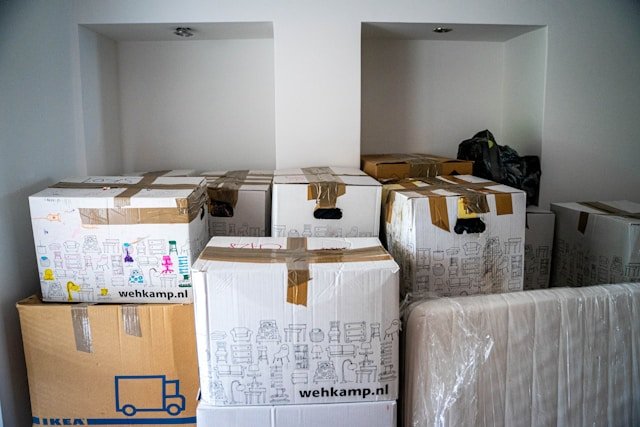Transporting items by car can be both convenient and cost-effective if done correctly. Here’s a comprehensive guide from Rena Monrovia to ensure your car transportation experience is smooth and safe.
Planning Your Trip
Route Planning
Planning your route in advance is crucial. Utilize GPS or maps to find the best path, considering potential traffic or roadwork. This pre-planning helps in avoiding unexpected delays and ensures a smoother journey.
Estimating Time and Distance
Accurately estimating the time and distance of your trip helps in planning rest stops and ensures you allocate enough time for safe travel without rushing. This is crucial for maintaining focus and avoiding fatigue.
Packing and Securing Items

Choosing the Right Containers
Using the appropriate containers for different items is essential. Small boxes are perfect for heavy items like books and tools, while medium boxes are suitable for kitchen appliances and electronics. Large boxes should be used for lightweight items such as cushions.
Securing Fragile Items
For delicate items, wrap them in bubble wrap or foam peanuts and place them in dedicated boxes with extra padding to minimize movement and prevent damage. Clearly label these boxes to ensure they are handled with care.
Labeling and Organization
Clearly labeling each box with its contents and handling instructions is important for organization. This helps in identifying fragile items and ensures efficient loading and unloading.
Loading the Vehicle

Weight Distribution
Proper weight distribution is crucial for maintaining vehicle balance and stability. Place heavier items at the bottom and lighter ones on top. This helps in preventing the vehicle from tipping or losing control.
Securing Items
Use straps, bungee cords, or ropes to secure items and prevent them from shifting during transport. Ensure that nothing obstructs your view while driving for maximum safety.
Protecting Your Items
Cover your items with moving sheets or blankets to prevent scratches and other potential damages. This is particularly important for items with delicate surfaces.
Driving Tips
Smooth Driving
Drive cautiously and avoid abrupt stops and starts. This ensures a smooth ride and minimizes the risk of damaging your cargo. Think of driving as if you have a sleeping baby in the car; smooth and steady is the key.
Regular Breaks
For long-distance trips, take regular breaks to rest and refresh. This helps in staying alert and focused on the road, reducing the risk of accidents due to fatigue.
Emergency Preparedness
Always keep an emergency kit in your car, including first aid supplies, tools, and a flashlight. Have a plan for handling emergencies, such as knowing how to change a tire or perform basic repairs.
Environmental Considerations
Fuel Efficiency
Drive efficiently to save fuel, maintain a steady speed, and use cruise control on highways. Consider using fuel-efficient vehicles or combining trips to reduce the number of journeys.
Sustainable Practices
Adopt sustainable practices such as using eco-friendly packing materials and reducing waste during transportation. This not only helps the environment but also can be cost-effective.
Additional Tips
Using the Right Equipment
Choose the right equipment for transporting your goods. Rena Monrovia offers various options, including open-air carriers for standard vehicles and enclosed carriers for valuable or delicate items. Their expertise ensures that your items are transported safely and securely.
Customer Experience
Rena Monrovia emphasizes clear communication, transparency, and personalized attention throughout the transportation process. Regular updates on your cargo’s progress help ensure a stress-free experience.
By following these guidelines and best practices from Rena Monrovia, you can ensure a safe, efficient, and worry-free transportation experience for your goods. Transporting items by car doesn’t have to be a stressful task if you plan ahead, pack smartly, and drive responsibly.


